Jump to:
Making compost on your own is easy enough, but it’ll be much easier if you have a gardening guide like this one to follow! Ready to make your garden greener and more sustainable?
Home composting is a win-win activity that both gardeners and their greens can profit from! And all because compost is a nutrient-rich booster that helps plants grow.
It’s also a sustainable way of disposing of kitchen scraps and garden waste. It’s no wonder then that us green fingers love making a good compost pile.
That’s why today, we’re going to show you how to get started with composting. You’ll learn what compost is and how to make your own compost heap.
We’ll also cover what materials to add, and how to build a compost bin.
Key takeaways:
- Compost is a magical ingredient that many gardeners use to provide their plants with essential nutrients. It’s also a powerful tool to build healthy soil.
- Chances are, there are a lot of compostable materials you have lying around but fail to notice.
- This guide will help you or any beginner create compost of your own rather than buying from the store.

What Is Compost?
Compost is an organic material produced from natural ingredients, including:
- decomposed plant parts, grass clippings or yard waste
- manure of plant-eating animals
- food scraps/food waste (e.g. fruit scraps, vegetable scraps, coffee grounds)
With the help of soil-dwelling microbes, the decomposed materials generate nutrients that plants need for healthy growth. Experts call it ‘nature’s way of recycling.’

How Does Compost Help the Garden?
On top of providing nutrients for the plants, compost also helps improve soil structure. It produces nurtures soil and increase its ability to retain water.
What’s more, it helps moderate the soil’s pH level. Most importantly, compost feeds soil organisms.
These soil organisms are essential for plant health and continual soil improvement. They depend on organic materials to supply their daily food, and these are:
- fungi
- protozoa
- nematodes
- earthworms
Learning about all these can be a great advantage for everyone, especially young minds. For a start, kids will begin to understand the world of microbes, which is also great if you’re a beginner gardener.

What can compost be used for?
There are many useful things you can do with home compost. A great example of this is as an organic fertiliser to put on:
- Houseplants
- Herb garden for allergies
- New planting areas
- Around trees
Other than that, you can make use of this natural material as a form of mulch. You can add a layer around plants and in your garden beds.
Or use it as a soil amendment. All you have to do is to mix compost into the soil in a bed before you start seeding or adding plants. This is a brilliant way to aerate the soil and add more nutrients.
The beauty of compost doesn’t end there! It also can act as the fertiliser for your lawn. Rake the compost in and let it work its way into the soil and down to the roots.
Top tip: Add a layer of an inch or about 2.5cm of compost.

What to compost?
Almost anything made from organic material can be made into compost. Just check out the table below:
| Alfalfa meal and hay | Cottonseed hulls | Grass clippings (in thin layers) | Peanut hulls | Soybean straw |
| Algae (pondweeds) | Cow peas | Greensand | Pea pods and vines | Sphagnum moss |
| Apple pomace (from cider making) | Cucumber vines | Hay | Peat moss | Sugarcane residue |
| Bean shells and stalks | Eelgrass | Hedge clippings | Phosphate rock | Tea leaves |
| Broccoli stalks (but not cords) | Eggshells (crushed) | Hops | Potash rock | Vegetable peels, stalks and foliage |
| Citrus rinds | Farm animal manures (plant eating animals) | Kelp | Potato skins and vines (unless diseased) | Vetch |
| Clover | Flowers | Leaf mould and leaves | Rhubarb leaves | Weeds |
| Cocoa hulls | Fruit peels | Lettuce and other greens | Rice hulls | Wheat straw |
| Coffee grounds | Granite dust | Melon vines, leaves and rinds | Shells (ground clam, crab, lobster, mussel, oyster, well buried in the pile) | |
| Corncobs (chopped) | Grape pomace (from wine making) | Oat straw | Sod |
What NOT to compost?
Not everything can be used as a compostable material. Sometimes, it’s best to keep these things far away from the compost pile:
- Diseased plants. Some plant parts are likely to carry diseases that should not be composed at all.
- Some kinds of manure, including pet waste. Keep in mind that some dogs or cats may have diseases or parasites which are harmful to plants, including humans.
- Some lawn clippings. Some are treated with herbicides and should not be added to your compost pile.
- Meat and dairy products. While these can decompose, they can attract pests, which is not a good idea for the soil and plants.
Note: Remember, putting the wrong item in your compost bin can lead to inefficient biodegradation. Plus, it can contaminate the whole heap!
Common problems with composting and the solutions
- Unpleasant odour due to lack of air because of compaction. Make sure to aerate.
- Lack of air because of overwatering. If this is the case, add carbon-rich clippings and aerate. The carbon will absorb moisture.
- Too much nitrogen (if it smells like ammonia). Add carbon-rich clippings and aerate.
- Too wet. Add straw or other carbon-rich materials.
- The pile doesn’t heat up due to a lack of moisture. Poke holes in a pile so you can water.
- Less turning. Use a fork to bring materials from the outside to the centre of the pile.
- Hot pile cools off. Use a fork to bring materials from the outside to the centre of the pile.
- Pile is damp and warm only in the centre, and the pile is too small. Gather more materials and make a larger pile.
- Lacks nitrogen. Easy peasy! Add nitrogen-rich materials such as grass or manure.
- Animals and pests get into the pile. If you added meat or dairy to the pile, don’t do it again!
- Some material isn’t breaking down, and they lack nitrogen and moisture. Add water if it’s dry and cover the pile, or add grass clippings or manure.
- Less mixing. Turn the pile.
- The pieces are too large. Chop material well before adding it to the pile.
Striking the Right Carbon and Nitrogen Balance
Did you know that carbon and nitrogen are two essential elements in compost? This is where the magic happens!
Composting rests on the interaction between carbon compounds (browns) and nitrogen compounds (greens).
Any pile of organic matter will decompose and feed the soil over time. But when the ratio of carbon to nitrogen in a compost pile reaches 30 to 1, the decomposition process occurs faster.
This is because the “thermophilic” bacteria move in, and the pile heats up to around 120-160℉.
Sources of carbon:
- Straw includes oats, barley, wheat and rye. These are composed of hollow stalks, which are suitable for the decomposition process.
- Cornstalks, pea and bean vines. Top tip: They are most valuable when dried out.
- Autumn leaves. Mix in a few leaves only as leaves tend to trap air from entering the pile.
- Hay. This may contain weeds, which may be killed in the heat of composting.
- Wood shavings and sawdust. These materials decompose more slowly and have a lower pH level than the rest of the pile.
Sources of nitrogen:
- Any type of fresh or wilted plant matter.
- Grass clippings and non-pollinated weeds.
- Kitchen scraps.
- Seaweed and kelp.

What Is Hot Composting?
A hot compost pile is the best way to produce large amounts of compost in a short period of time. It has the advantage of killing off pathogenic organisms and weed seeds that may present themselves in the compost.
Moreover, a hot pile works best if it is made up all at once with mostly nitrogen-rich materials. This is often lovingly called a ‘garden lasagna’ because of the multiple materials stacked on top of each other!
How to build a hot compost, and what do you need?
- Start with a layer of straw about 3 inches deep.
- Add 1 to 6 inches of nitrogen-rich material.
- The looser you make the material, the thicker the layer you can add.
- Leave room for air to circulate throughout the pile.
- On top of each nitrogen material layer, add about 1-2 inches of soil.
- Add another straw layer and keep building in the ‘lasagna’ style until the pile is about 3 feet tall.
Top tips:
- Make layers of straw, nitrogen materials and soil in a lasagna fashion until the pile is 4 feet high.
- Spread the layers and allow spaces for air to circulate through the pile.
- The compost will need moisture just as it needs air.
- Add water to the carbon-rich layer, which is the driest, as you build the pile.
- After you’ve finished the pile, cover it. This reduces evaporation from the top and prevents overwatering from rain.
- Check the hot compost pile regularly. Make sure to use a compost thermometer to check the temperature daily as well.
- The pile should reach 120℉ to 160℉.
- If the temperature starts to drop, then turn the pile.
- With each turning, wet the pile as needed, and move the material from the outside to the centre.

What Is Cold Composting?
Cold composting takes longer. Unlike hot composting, it doesn’t kill pathogens or weed seeds.
But the advantage of cold compost is in its use over time. This kind of composting is ideal for recycling small materials.
The bacterial presence in cold piles does all the work and they usually don’t heat up past 90℉.
How to build cold compost, and what do you need?
- Pile organic materials together such as grass, leaves and manure (plant-eating animals only).
- Once the cold pile is constructed, you can leave it for a while.
- Track the moisture level and add water if needed.
- After a few months, turn the pile and add water again if necessary.
- It takes about a year or more for the compost to be finished.
Tools Needed for Composting
A compost thermometer is a great tool to have when making your compost pile. It allows you to check the temperature of your bin, so you can tell if the pile needs to be turned or when the compost is full.
Another item to have is a six-tine manure fork. It’s like a pitchfork that can help you turn or mix your home compost pile.
A lawnmower is a must-have, too! Perfect for shredding grass and leaves ready for your compost pile.
Don’t forget your garden hose on the list. You’ll want to water the pile as it needs to be moist at all times.

How to Build a Compost Bin
Although compost bins aren’t necessarily required, having one can make the job a lot faster and easier.
There are several types of bins you can make for your compost. There’s the wooden compost bin, the free-cycle compost bin, the straw bale hot bin and others.
All these can help you create nutrient-rich compost in a safe and secured storage.

Wooden compost bin
Most compost bins are made of wood using white cedar. It’s a type of wood that is naturally rot-resistant. Redwood, tamarack, and oak also are good choices.
Wooden compost bins are suitable for hot composting, plus they’re easy to move around.
To start the compost pile, start by filling one or two sections of organic matter. Then stack the next sections with more organic materials.
Strawbale hot bin
If you have a source of old straw bales, this can make a functional compost bin.
The straw bale will hold together longer if the baling is wired. If not, tie twine around it.
After a couple of years, the bin will decompose, and you’ll have to create a new container.
Trenching bin
For this type of composting, you dig a trench or pit about 8 inches deep. You bury the organic matter below the trench until it decomposes.
Nature will do the rest of the work, and all you need to do is build a garden above the compost. Note: the trenching should be done at least two months before you wish to grow any vegetables or fruit.
Worm bin
This is ideal for gardeners who don’t have the outdoor space for compost bins. You can create a worm bin from a plastic tub.
You’ll need shredded newspaper, food scraps, and 10 to 15 dozen worms to eat your garbage. Use only red worms (Lumbricus rubellus) or manure worms (Eisenia foetida).
Note: This method requires a lot more attention, but you’ll get the most fertilised and nutrient-rich soil. You can find out more in our guide to vermicomposting.
Do-it-yourself (DIY) trash bin
This is one of the most accessible and most affordable ways to build compost. All you need is a rubber trash can with a secure lifting lid.
Use a drill to create 5 to 6 holes in the lid, the sides and the bottom of the bin. This allows for proper airflow that’s essential for the breakdown of organic materials.


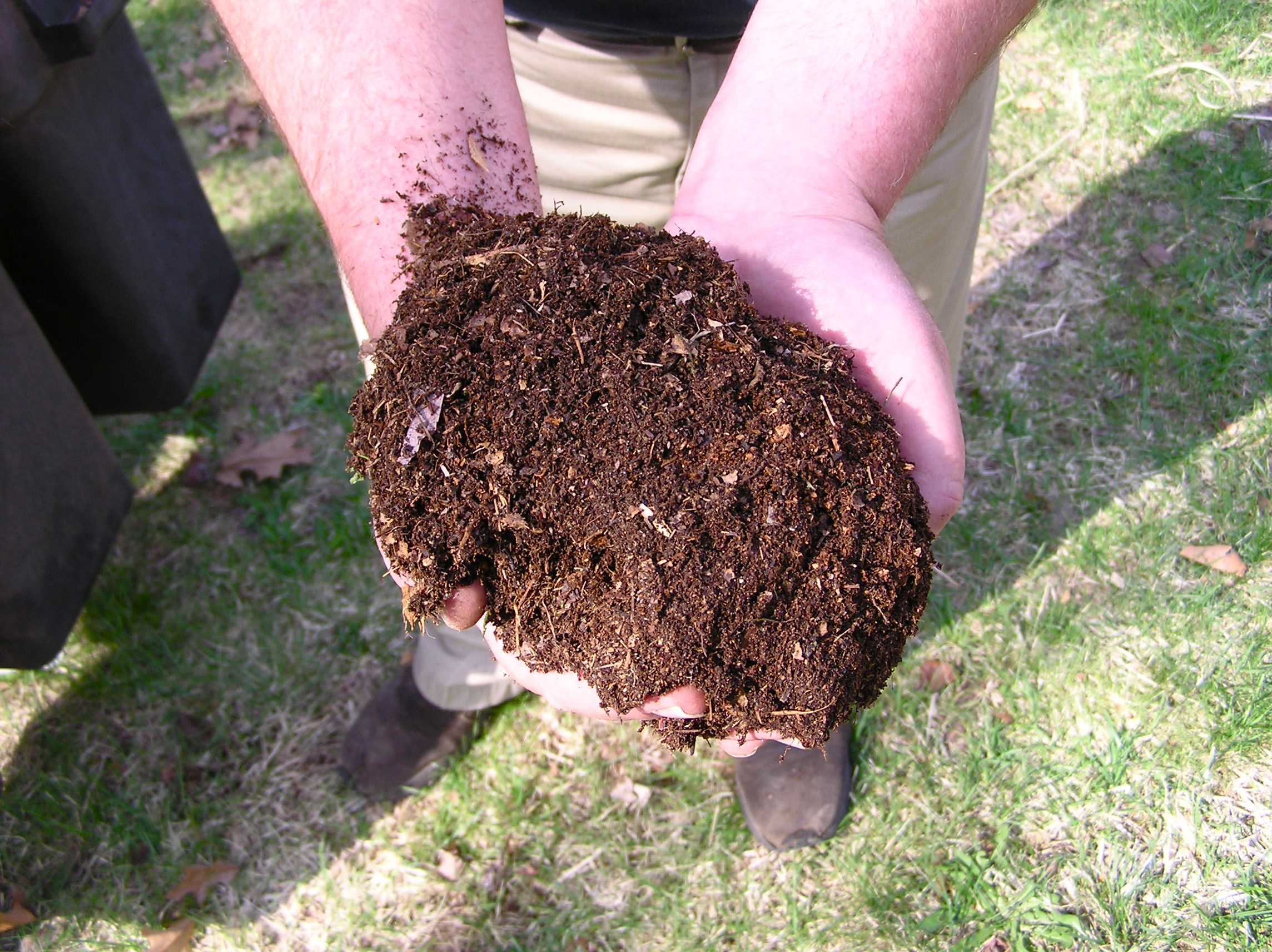
Using Your Compost
After you’ve successfully ‘cooked’ the compost, it’s now ready to be added to the garden soil. You can mix or sprinkle it on top of your flower or vegetable beds.
Or you can rake it into tree beds, blend with potting soil for indoor plants, or spread it on your lawn. Top tip: be sure to save a bit of the compost for the next batch of garden beds you plan to make!
And if you’re looking to use compost in your greenhouse, check out our available options via the button below.
Shop GreenhousesFAQs
How do I manage odours or pests around my green compost bin?
As the organic materials in your pile naturally contain so much water, they can make your compost soggy and foul-smelling. To fix this issue, add more browns (or carbon compounds).
This includes dried leaves, dried grass clippings, and coffee grounds. Mix it all well, and this should be enough to reduce the odour.
For the pests, make sure to place your bin in a well-drained area. Pick a place with at least partial sunshine as well.
Don’t leave fresh scraps exposed. Cover them with a layer of ‘browns’ to absorb odours that attract the pests.
Should paper go in the compost or recycling?
A paper is best to go in the recycling bin, especially if it’s clean. Papers could become a better resource if recycled than when composted.
What happens to compost after collection?
The final product can be used to make your garden greener and enrich your plants. Or it can be sold to farms, grocery stores, plant nurseries, and garden centres.
What are the benefits of composting?
The top benefit of composting is it enriches the soil. On top of that, it also helps retain moisture and suppress plant diseases and pests.
You also get to make use of your kitchen and yard waste. Instead of throwing them into the trash bin, you can add some to your pile. Not only does this help reduce landfill waste, but it’s also good for the environment!

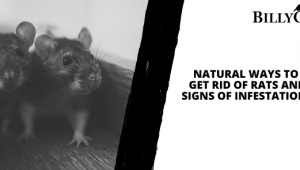


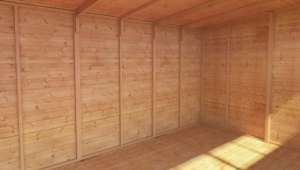
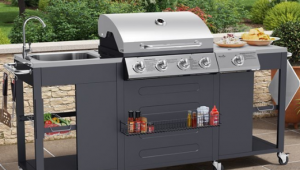
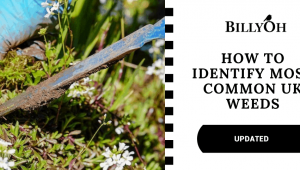
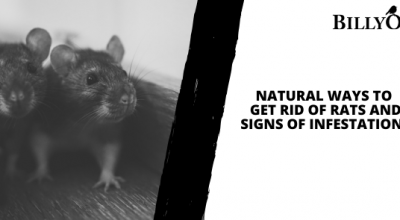
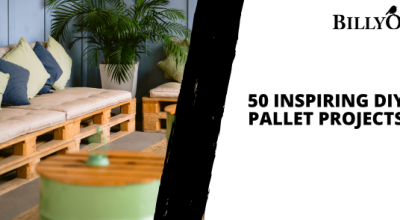
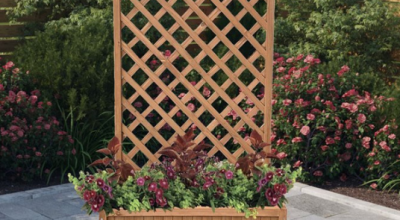
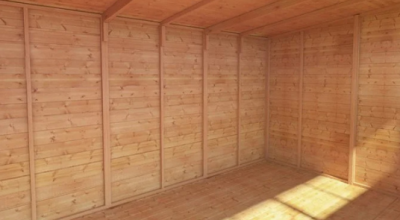
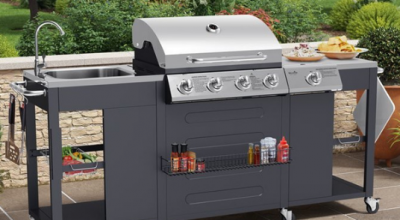
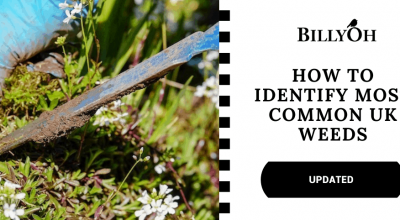
What do you think ?